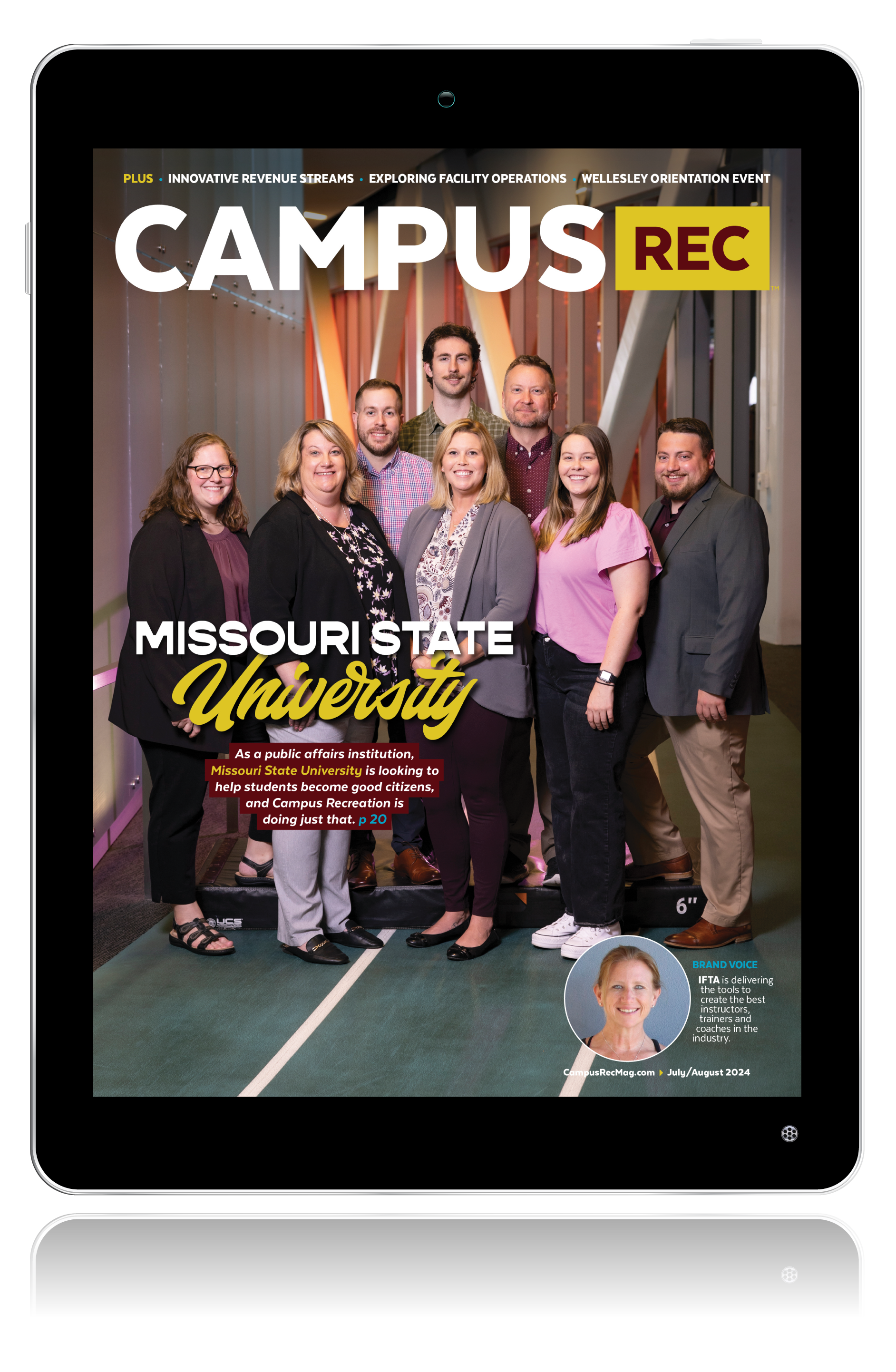
This is Part Four of a five-part blog series that looks to define the five boundaries of leadership and navigate strategies for success in each. Read Part One, Part Two and Part Three.
The fourth boundary to be discussed isn’t one that’s exclusive from the rest. The reality is both the fourth and fifth boundaries directly integrate across the first three. Demographic is our fourth boundary to span and is defined as leading across diverse groups, encompassing the range of gender and race to education and ideology.
Throughout this five-part series we keep coming back to the drive for innovation, which is the No. 1 strategic driver for organizations. The drive for innovation is said to be the primary force of influence on an organization’s strategy for the next five years. For individuals to capitalize on the drive for innovation, a mission critical priority should be to span boundaries, and for that to happen you must tap into diverse expertise and cultural insights. Putting these two efforts together can yield breakthrough results.
Increasing Diverse Employment Demographics
Increasing diverse employment demographics is the No. 3 social trend on boundary spanning leadership with a 77% impact on the organization. Recently we’ve witnessed large corporations and even our own institutions adopt strategic plans to increase the diversity in our employment demographics. We must remember the other part of the innovation puzzle is the external collaborations and stakeholder involvement. So use strategies from stakeholder spanning boundaries to increase the demographics of your organization, and work together to create a better future.
Creating a Diverse and Inclusive Organization
Creating a diverse and inclusive organization is the No. 4 collaborative outcome listed at 89% priority. What is most important to note is creating a diverse and inclusive organization directly impacts the top three collaborative outcomes, which we covered in Parts One and Two. Two strategies you can implement to assist with this priority are adopting a hiring for talent philosophy for your team members and setting the cultural norm for your stakeholders.
Shifting to a hiring for talent philosophy can be a challenging concept to grasp. We often get into the mindset of hiring for knowledge and skills, but we forget knowledge and skills can be taught. Factual knowledge is something that can be learned from a book. Experiential knowledge can be taught but it does take time; it’s the knowledge gained over time on how to do a job more effectively. Skill is simply the art of executing learned knowledge. Talent cannot be taught. Every individual is born with raw talent and when we invest in that talent, it becomes a strength.
Let’s take the example of what makes a good Certified Public Accountant (CPA). A good CPA has knowledge of IRS rules and regulations. Over time, they gain experiential knowledge that allows them to file more effectively for their clients. The skill required for a CPA is to be able to reconcile the books. So what’s the talent? What talent sets about a great CPA? A great CPA has a keen eye for perfection. So how do you begin shifting your philosophy? Start by simply changing your job descriptions to reflect talent hires. Use sentence starters such as “In this role, you will” and instead of using microlevel job duties, use larger visionary statements on how the individual will impact campus, the organization and the students. Instead of listing out years of experience required, use sentence starters such as “You will be perfect for this role” and list off the talent required for the person to excel in the position.
David Shuster, EdD., gives a great example of how you can set the cultural norm in your recreation facility. “Recognize the unique perspective and contribution of each individual,” he said. “Don’t place people into groups; recognize and address implicit bias. Question the validity and necessity of every rule/system you believe you need. I refer back to the turnstiles example. It was assumed if there weren’t turnstiles at the gym entrance folks would sneak into the gym in overwhelming numbers. However, knowing it is already hard enough to get folks to exercise, why would you erect additional barriers to access? It turns out that if you greet people and show them a little trust, most folks do in fact play by the rules. It becomes culture.”
Yip, J., Ernst, C., Campbell, M. (2010), Boundary spanning leadership. Mission critical perspectives from the executive suite. [White paper]. Retrieved from https://cclinnovation.org/wp-content/uploads/2020/02/boundaryspanningleadership.pdf
Trotter, Steven A. (2019, June). Living and working a strengths based life. [Workshop] Hagerstown, MD.










